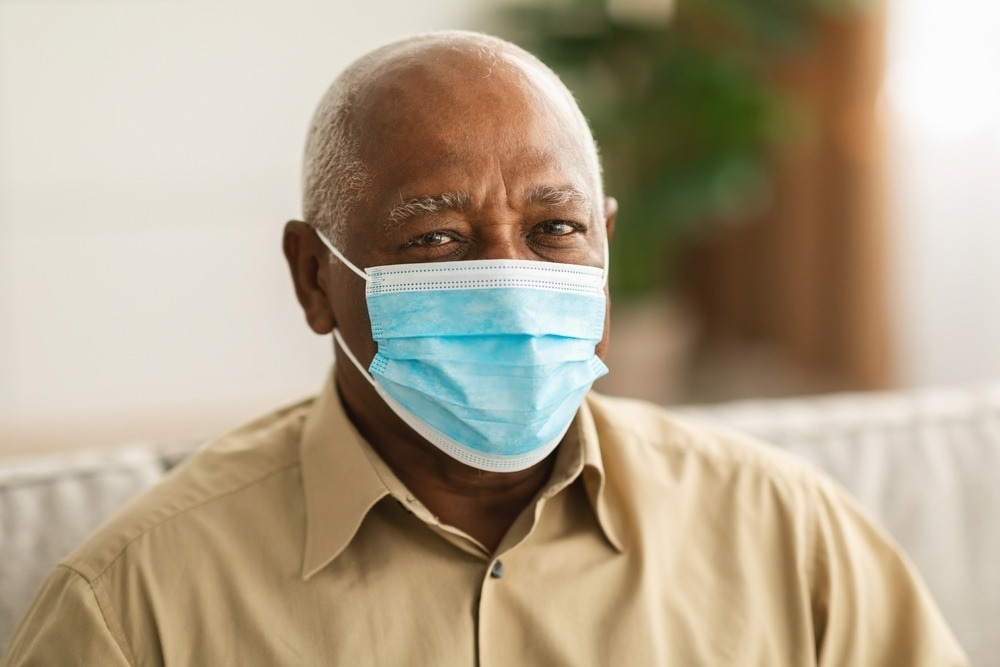A wide range of clinical symptoms, asymptomatic, mild, and severe, have been linked to severe acute respiratory syndrome coronavirus 2 (SARS-CoV-2) infection. SARS-CoV-2 is the causal agent of the ongoing coronavirus disease 2019 (COVID-19) pandemic.

Background
The prognosis of acute disease was linked with the intensive care unit (ICU) care requirement, the length of hospital stay (LOS), severe respiratory distress, previous comorbidities, and inflammatory markers. Additionally, transcriptomic studies have indicated that a small set of regulatory genes might be strong predictors of clinical outcomes of COVID-19 patients. Genomic research has shed light on why a particular individual might be affected by post-COVID-19 sequelae while not others.
Several definitions have been proposed for long-COVID. Overall, long COVID entails a broad spectrum of persistent or new-onset of symptoms within one month of SARS-CoV-2 infection. However, the duration of long-COVID and its health repercussions are still unclear.
Although a few studies have determined the 12-month sequelae of COVID-19, they have been based on telephone interviews. Hence, evidence-based studies are scarce to determine the extent of the sequelae post-infection. A recent PLoS ONE study evaluated the health status and exercise capacity of COVID-19-recovered patients one year after hospital discharge.
About the study
This multicenter prospective cohort study included 1,904 SARS-CoV-2 infected patients from three acute care hospitals in Barcelona, Spain. Among these, fifty patients from each center were randomly selected, which included 58% males and 42% females.
All the participants selected were adults with PCR-confirmed SARS-CoV-2 infection, required hospital admission, and had COVID-19 pneumonia between 28th February and 15th April 2020. The epidemiological and demographic details of the study cohort were obtained, along with their economic status, details of ICU admission, comorbidities, radiological findings, and laboratory test reports.
During the follow-up visit after one year, between February 2021 and May 2021, a comprehensive medical evaluation focussed on persistent symptoms, and a complete physical examination was also conducted. During the physical assessment, all participants who could walk unaided completed a 6-minute walk test (6MWT). In this test, the median peripheral oxygen saturation (SpO2) was recorded before and after the 6MWT. The level of dyspnea was measured after the completion of 6MWT, based on the Borg Rating of Perceived Exertion scale.
Study findings
Among the randomly selected patients, 50% were retired, and 70% never smoked. The median LOS was nine days, and 7% of patients required mechanical ventilation. The baseline peripheral oxygen saturation (SpO2) of the cohort was ≤ 94%. During the acute phase of the disease, around 23% of patients suffered acute respiratory distress syndrome.
Follow-up visits revealed that around 80% of the patients complained of at least one persistent symptom, mostly dyspnea, followed by arthromyalgia, paresthesia, subjective memory loss, and asthenia. The findings of this study were in line with previous studies that reported persistent dyspnea after one year of recovering from severe COVID-19 requiring hospital admission. Despite a higher percentage of persistent dyspnea, no significant abnormalities were found on chest radiographs.
Due to the presence of interstitial infiltrates, 14% of patients exhibited abnormal X-rays. It was observed that only 7% of the study cohort required hospital admission during the follow-up period.
Multivariate regression analysis indicated that the female sex, chronic obstructive pulmonary disease (COPD), and smoking were independent risk factors for persistent dyspnea. Previous studies indicated that females were more susceptible to long-COVID. This might be due to hormones, which could influence the hyper-inflammatory status of the acute phase, even post-recovery.
Around 50% of patients faltered in reaching the theoretical reference values for the 6MWT test. Only 5% of patients had a saturation drop after completing 6MWT. The reason for the loss of exercising capacity of COVID-19 recovered patients could be due to pulmonary diffusion disturbances and extrapulmonary causes, such as cytokine disturbances, virus-induced myositis, muscle wasting, corticosteroid-induced myopathy, and deconditioning.
Conclusions
The key strength of this study was its large multicentre cohort containing severely infected COVID-19 patients alive at least one year after hospital discharge. Nevertheless, due to the lack of data related to the baseline situation of the patients before hospital admission, the authors failed to identify if some of the symptoms already prevailed before COVID-19 infection.
Furthermore, only a small number of patients were followed, and no control group was evaluated. Another limitation of this study was that patients included in the cohort were infected during the first wave of COVID-19. Hence, the findings may not accurately represent the current situation with the prevalence of vaccines and the incidence of SARS-CoV-2 variants.
Taken together, a large number of COVID-19-recovered patients from the first wave of the pandemic exhibited persistent symptomatology and poor exercise capacity, even one year after hospital discharge.









 Add Category
Add Category

